Equipment Safety
All Equipment Safety Content
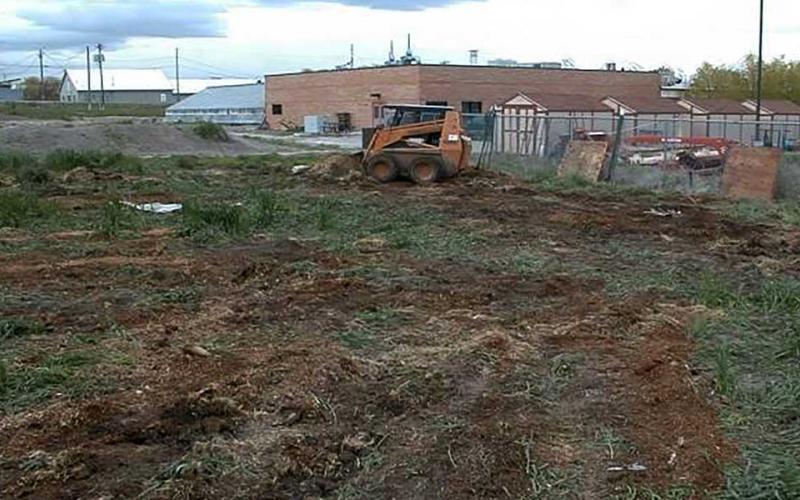
Guidelines for Livestock Carcass Disposal in South Dakota
Everyone who works with animals tries their best to keep all animals alive. In turn, they also know there will always be normal mortality. Proper carcass disposal is crucial in preventing the spread of disease and protecting the environment.
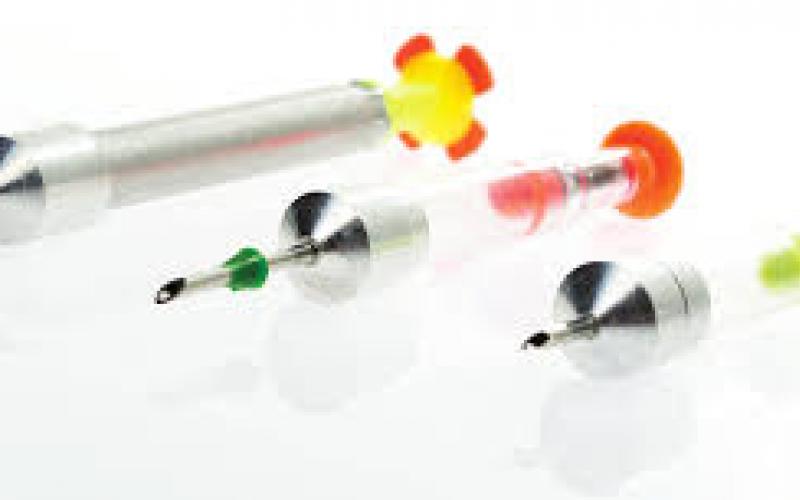
Discussing the Dart Delivery Method for Treating Cattle
Cattle ranchers strive to minimize the stress of handling and disease on their animals. One way they can do this is by implementing remote delivery devices.
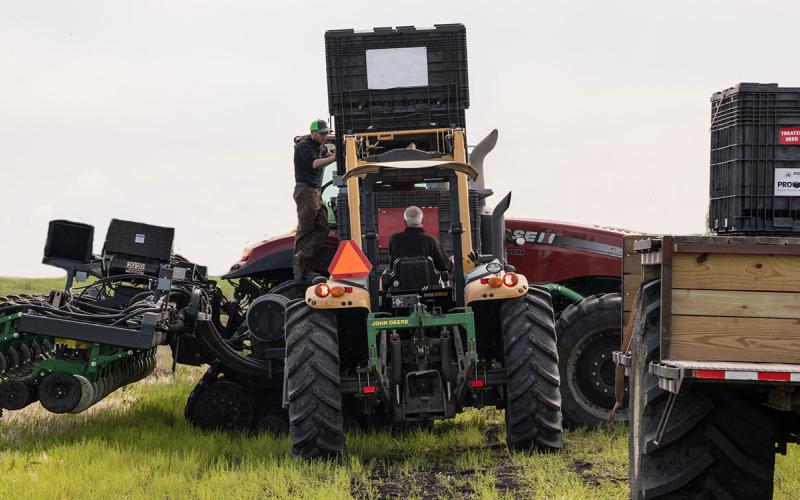
Tips to Prepare Your Planter: A Precision Ag Perspective
Planting time is nearly upon us, and setting your planter up properly can help save time, reduce unexpected costs, and increase your profitability and safety. Learn some expert tips for getting started!
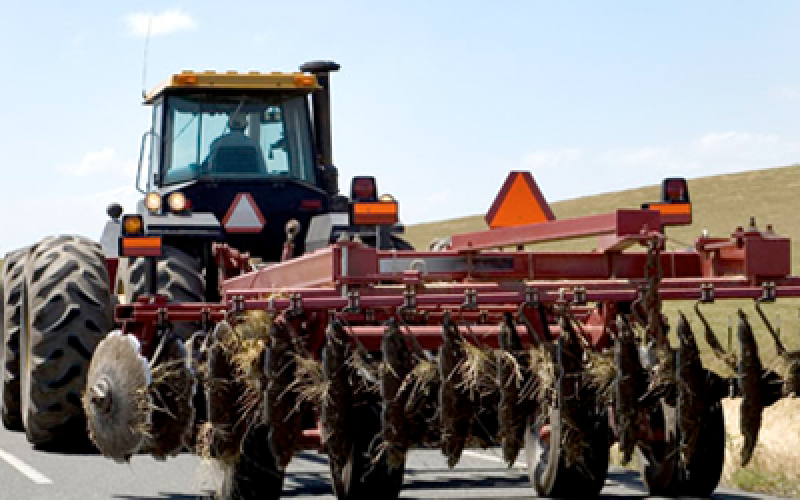
Farm Equipment, Safety on the Road, Everyone’s Role
National Farm Safety Week serves as a safety reminder for those involved in agriculture. During harvest, we will see an increase in farm equipment on the road, including tractors, combines, grain carts, silage choppers and silage trucks.
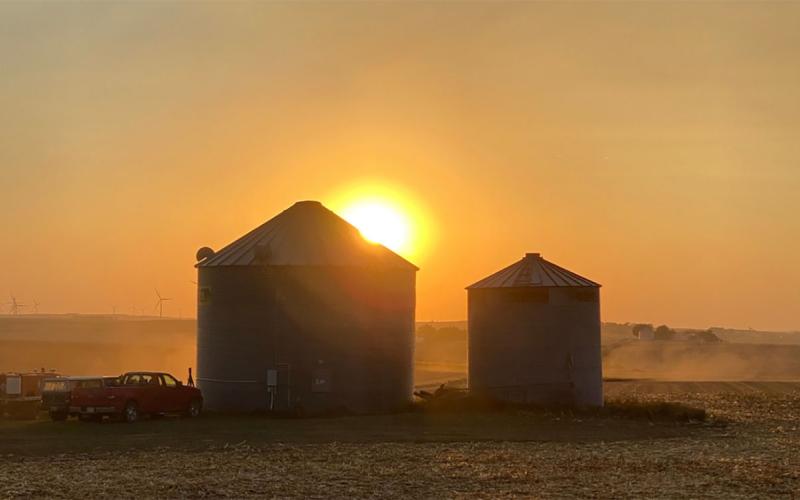
Inspecting Grain Bins After a Windstorm
Due to their high profile and light structure, metal grain bins are highly susceptible to wind damage. View a step-by-step guide for inspecting them in the aftermath of a windstorm.
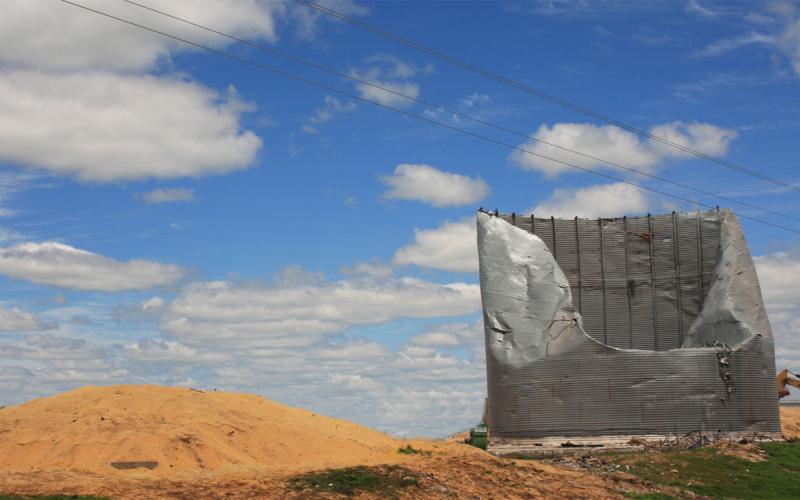
Salvaging Feed Grain From Damaged Storage Structures
The windstorm that hit South Dakota on May 12, 2022 left an extensive damage in its wake, including damage to grain bin structures. Taking prompt action can help minimize value loss in stored grain.
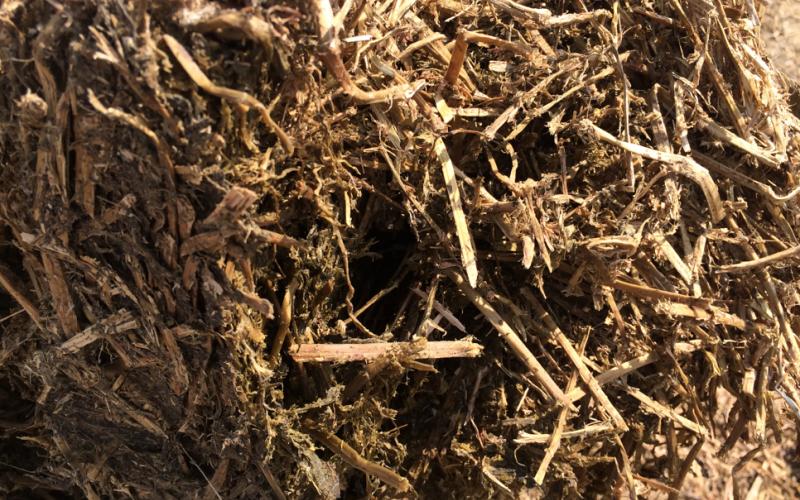
Minimizing Hay Storage Loss From Heating or Fires
Successful hay storage is essential to preserving high quality forage, while ensuring desired performance from livestock and deterring economic losses from unwanted hay storage fires.
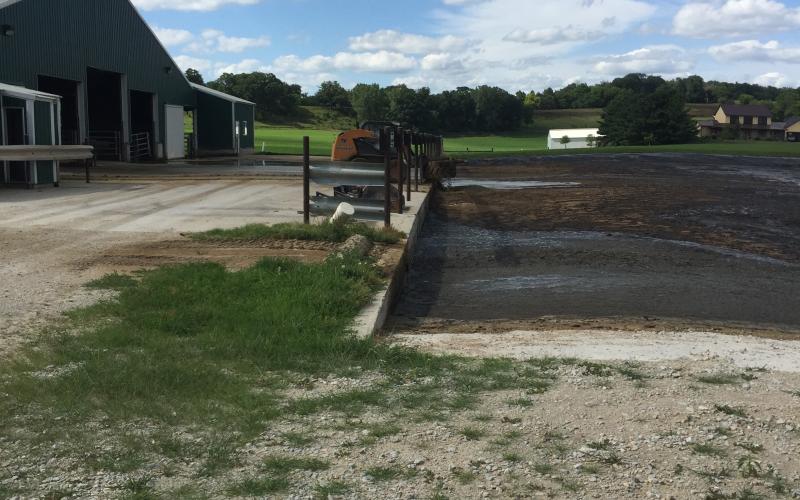
Putting Manure Handling Safety Into Practice
As livestock producers, we should know the dangers of manure pit gases. As safety equipment improves with advancements in technology, we must provide training on proper manure handling safety protocols and the use of equipment.

High-Quality Silage Making & Safe Practices: Both are necessities
Throughout the forage growing season many producers are putting up silage piles. To this point they have been predominately forages such as haylage or small grain silage; however, we will soon be moving into corn silage cutting season.
![Courtesy: Pollinator [CC-BY-SA-3.0], via Wikimedia Commons A green tractor pulling a feed wagon behind it on the road.](/sites/default/files/styles/teaser_800x500/public/2018-12/W-M11755-01-tractor-road-farm-safety.png?h=8e25fbe3&itok=1YIHJsB6)
Farm Safety: Making it a daily habit
We know that agriculture ranks as one of the most dangerous occupations causing an estimated 167 lost-work-time injuries on a daily basis, of which 5% result in permanent impairment, according to the National Institute for Occupational Safety and Health. In addition, approximately 20 farm workers per 100,000 die annually, with the leading cause of these deaths being tractor overturns.